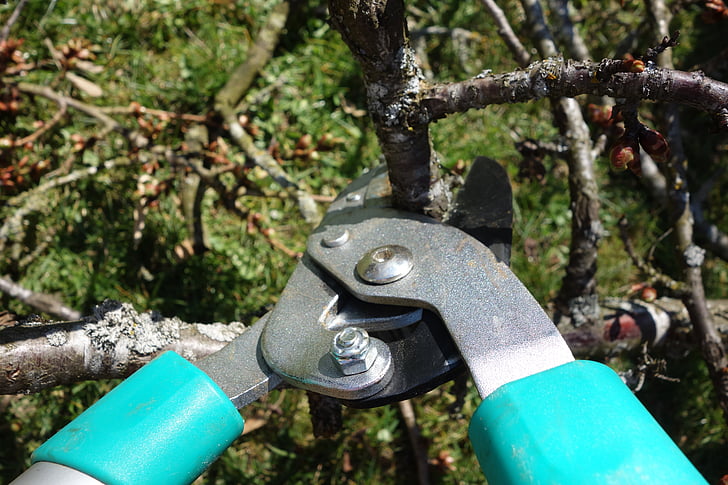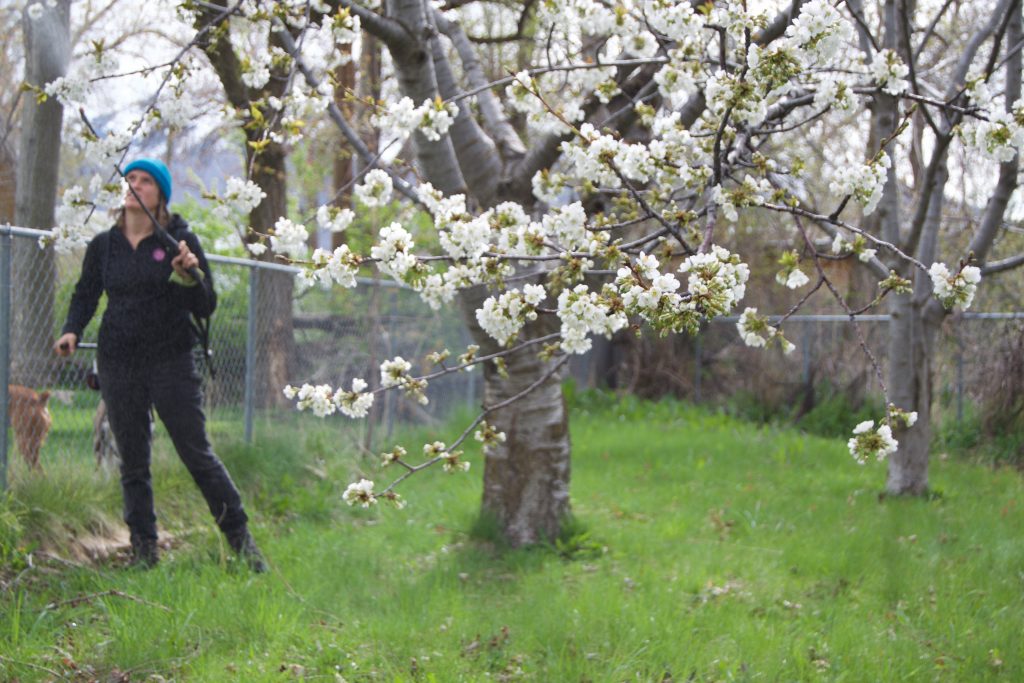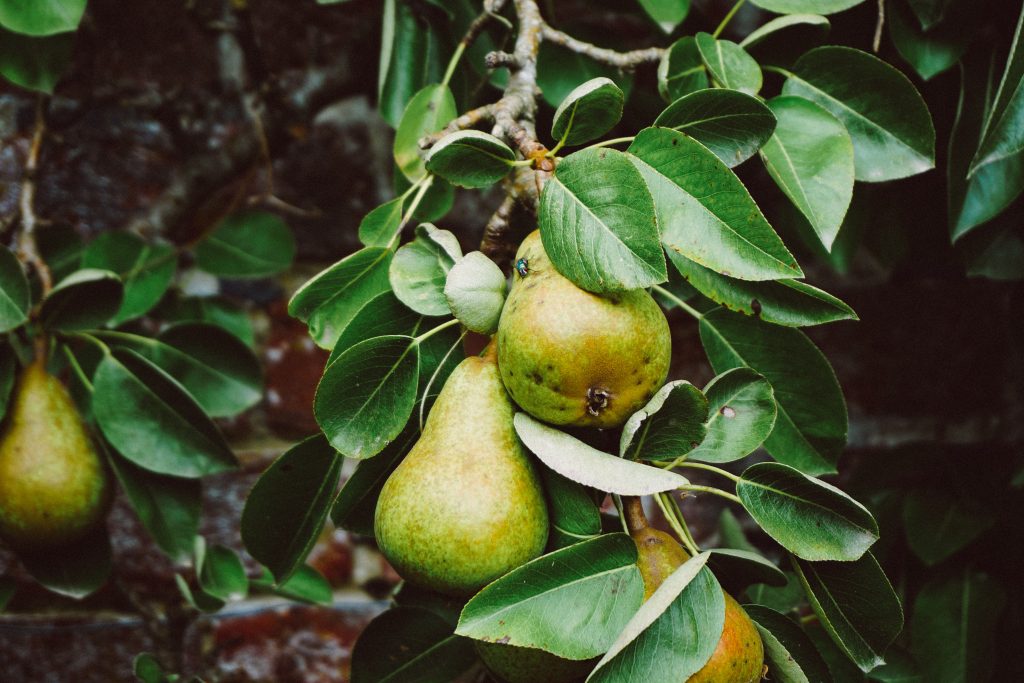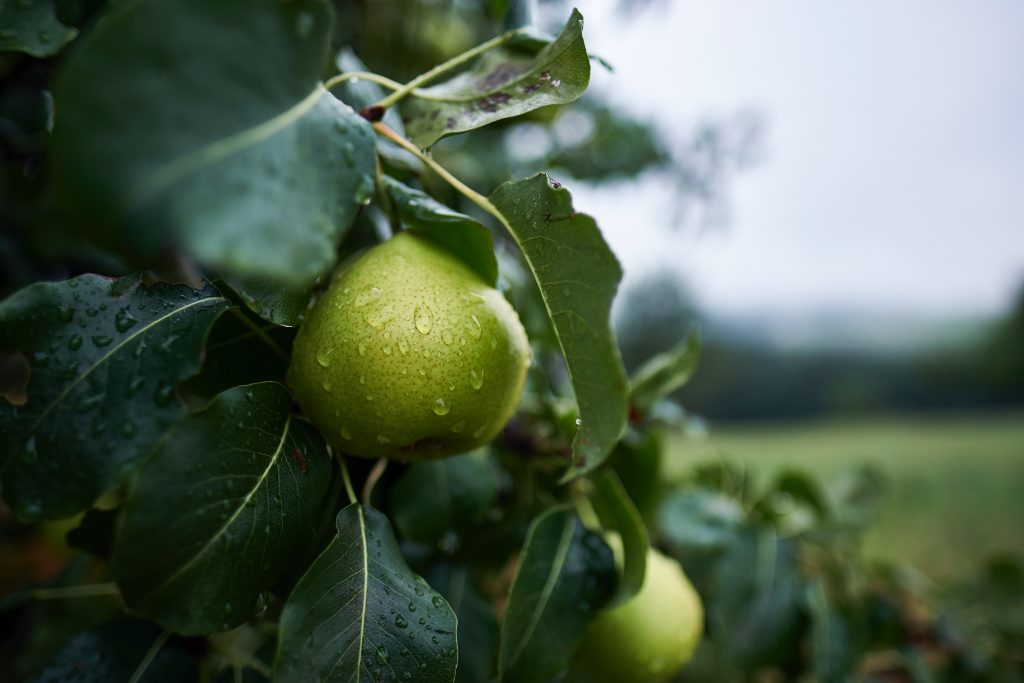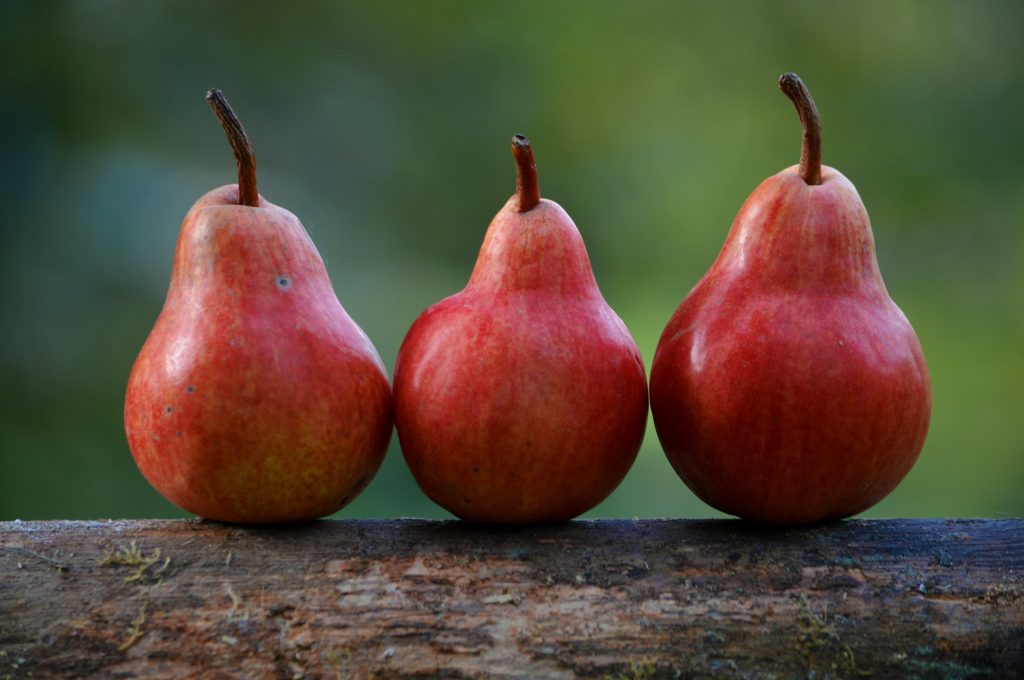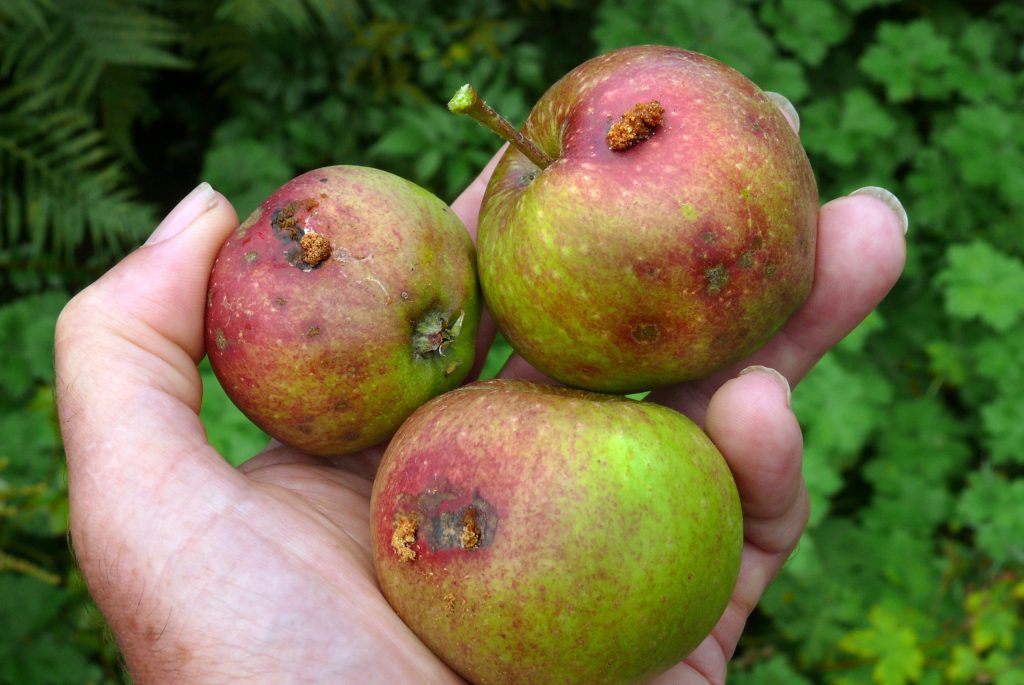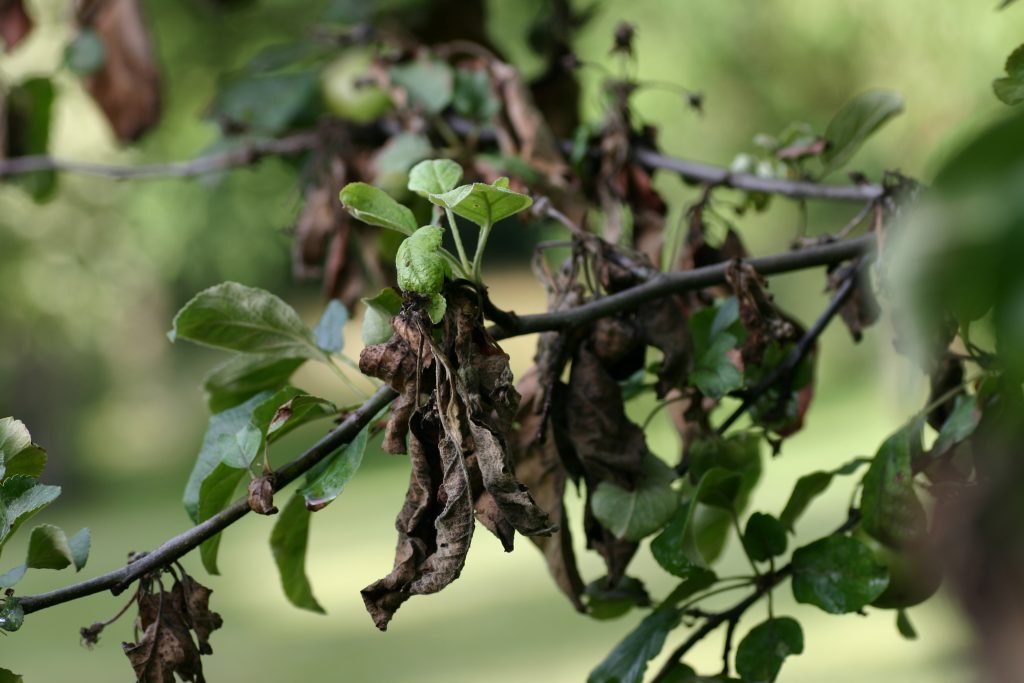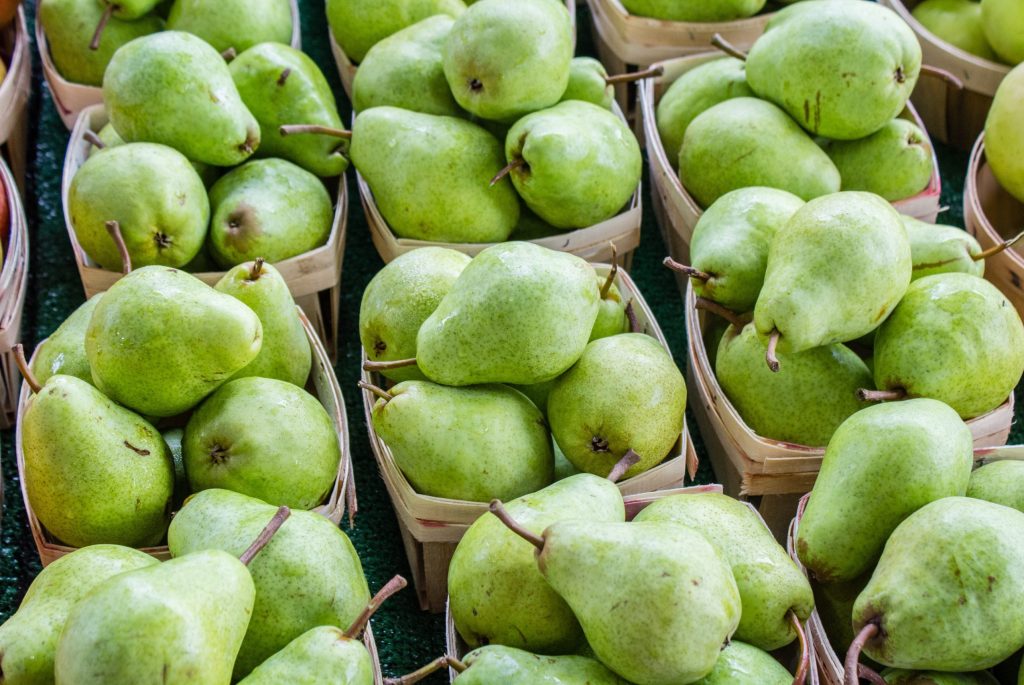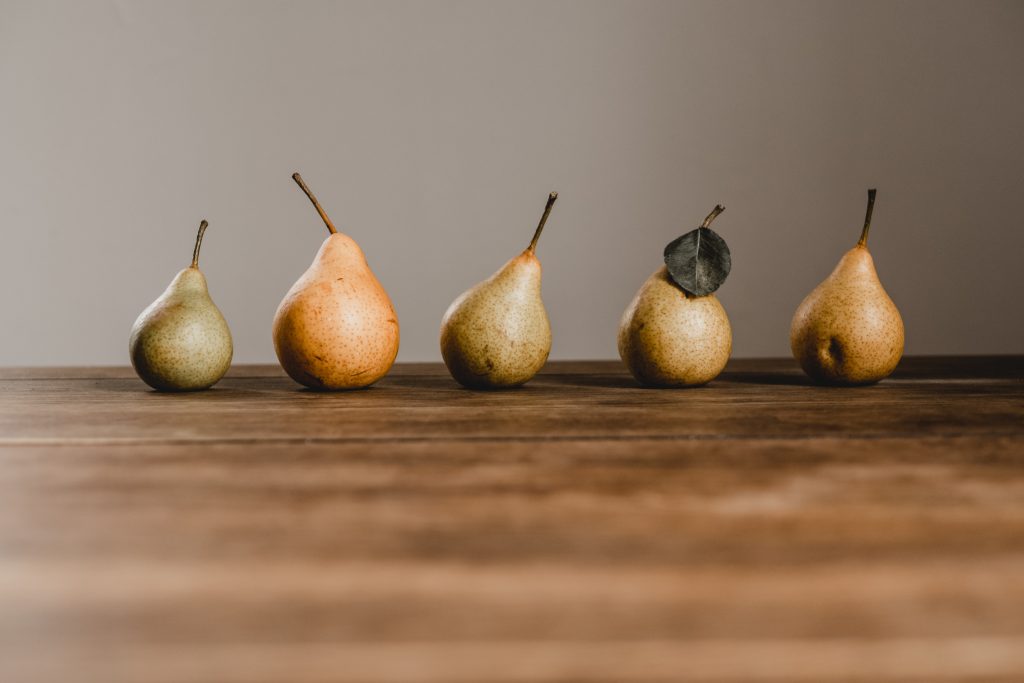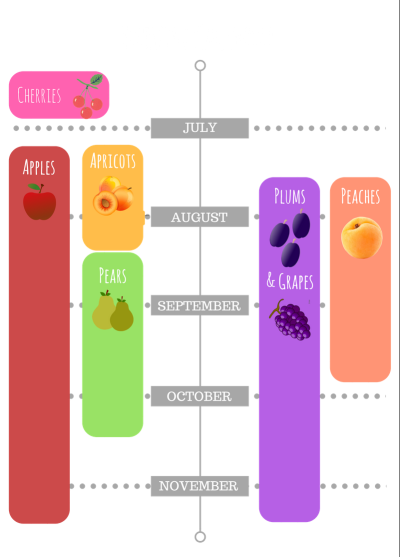Schedule a Harvest with Us!
A good time to schedule is when the pears have changed slightly in color and pull easily from the branch. We can’t harvest if…
- The load is too low. Must be at least 200 lbs of fruit.
- The fruit is overripe. Pears that are overripe will not transport or store well on their way to donation sites.
- The fruit is far too underripe. Pears picked too early may never fully ripen or may not develop full flavor.
